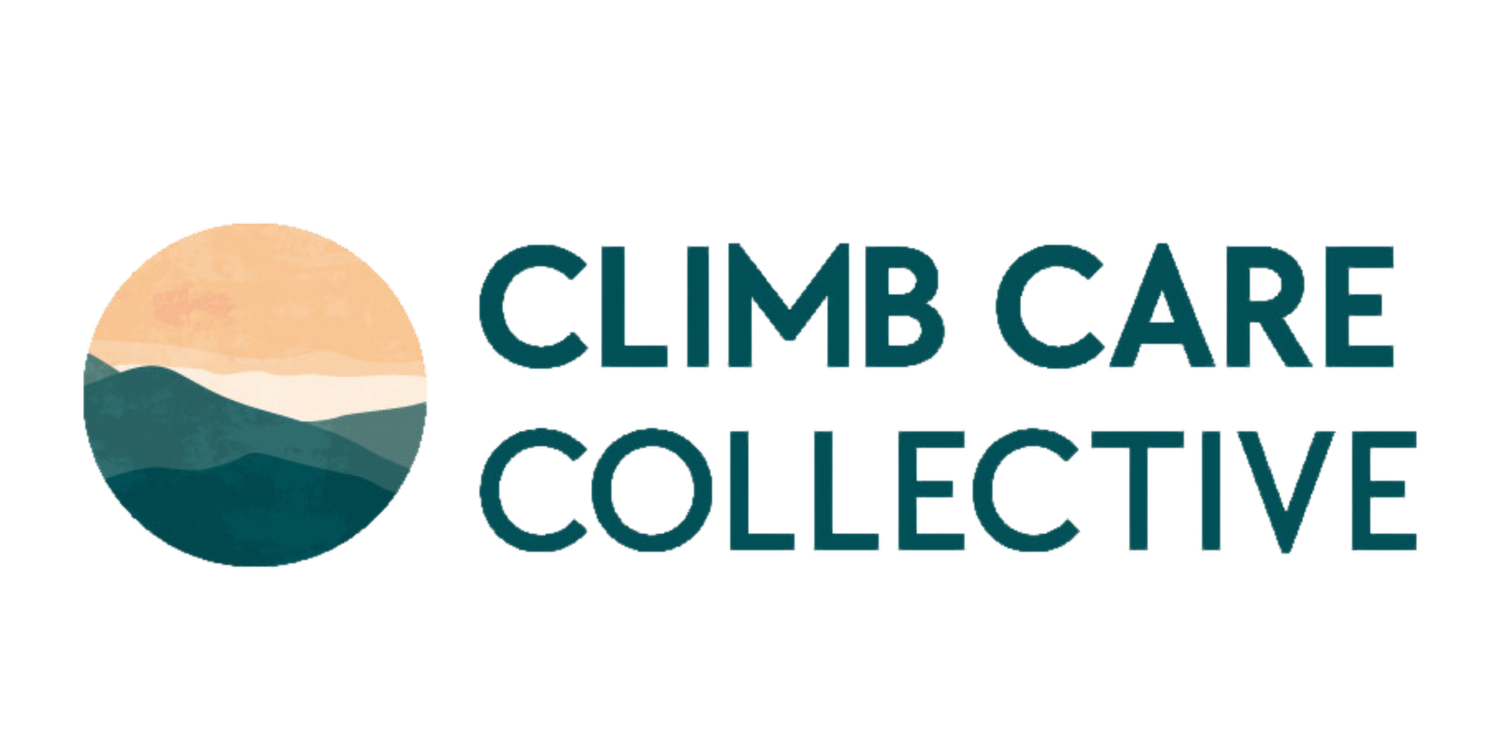Shorty Beta Project Part 1/4: Where it helps to be mobile
As a shorter climber two key things to optimise mobility wise are
your ability to reach - helped with thoracic mobility
your ability to place your foot really high into a high step position - helped with hip mobility
1) Thoracic mobility
A lot of shoulder movement in overhead positions is reliant on how mobile your thoracic spine aka your mid back is. If we are stiff through this region we have limited ability to achieve our full range of motion at the shoulder and will need to create it elsewhere which often ends up in moving your hips further away from the wall.
Different segments of the spine serve different roles, the thoracic spine is especially designed for rotation and extension, this is an area where it is advantageous to be mobile in for a climber. This allows you to begin your reach from a better position as you are able to rotate around more effectively during the start of the reach and have a good ability for your shoulder blade to move freely across your ribcage as you arrive at the next move. This can help give you the much needed extra few cm’s when it counts!
Below is an example of one my favourite thoracic mobility drills, by no means is this the only one but often a good place to start. What I like most about it is that the hips are locked against the wall so it stops you from cheating by trying to create the movement from elsewhere and focuses on the thoracic spine. I like to couple this drill with some deep breathing at the end of the movement to get that little bit further!
2) Hip Mobility
Next up is hip mobility. Not only is this helpful for shorter climbers but for climbing performance in general. The closer you can get your hips to the wall the less energy you will need to expend pulling with your arms. From a shorter climber perspective however the mobility needs to be there to enable you to get your feet up really high and also more importantly the ability to generate movement from these end range positions to step up.
The key to increasing range of motion anywhere in the body is to do so in parallel with also building strength around that region (more on strength in Part 2 of the Shorty Beta Project). To be able to do a high step let’s break down as to what needs to happen
the hip needs to have comfortable range of movement in an end range position
you need to be able to generate force from this position to make it usable on the wall
Here I an completing a high step move on a boulder problem. I used a kick start technique to generate some momentum into the movement from the left foot on the mats and my hands matched on the starting hold,
As you can see from the photo above the right hip needs to be able to come up high but what is also really important is the left hip needs to be able to extend and open up to allow the right hip to do so. The pelvis is a complete ring so movement that happens on 1 side directly affects the opposite side as well.
A great drill to get your pelvis shifting and rotating more comfortable to allow these movements to take place is one I like to do using a wall (see video below). It is essentially the movement that our pelvis does when we are walking, running or stepping. The use of the wall in this drill gives you some feedback on where your legs are in space as well as serving as a way to limit you cheating by creating the movement from elsewhere.
Once you have a better sense of how to separate pelvis movement from lower back movement it can be helpful to add in drills where you are more closely mimicking the high step position. In the drill below I am taking my hip through it’s full range of motion whilst navigating around a foam roller which I’m trying not to knock over! To make this harder I can move more slowly so there is a longer time under tension for the muscles working around the hip.
There are many progressions and variations on how a climber can work on their thoracic and hip mobility, these are just a starting point to help you head in the right direction!
In the next post we will move onto Part 2/4 of the Shorty Beta Project on where it helps to be strong as a shorter climber.
Until next time and happy climbing!


